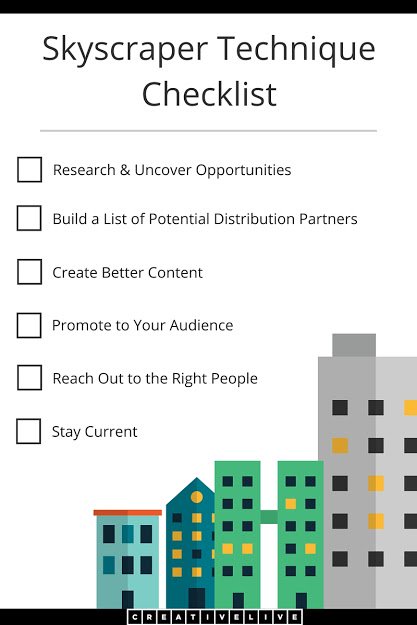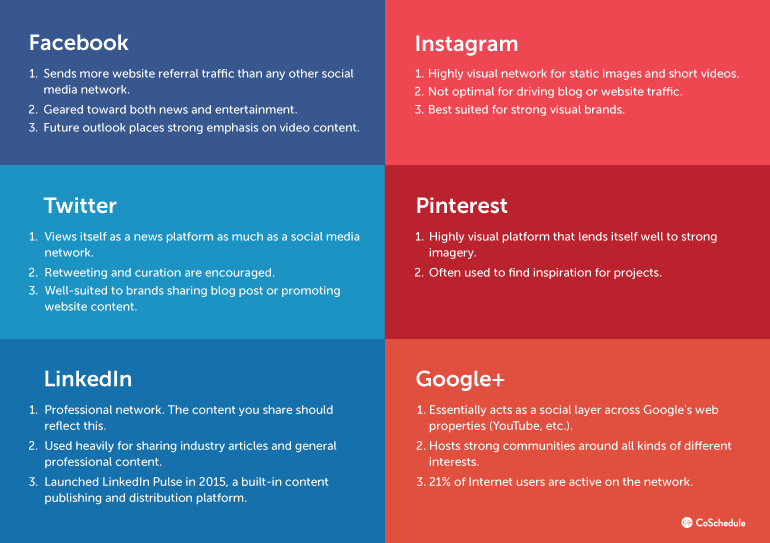

I just finished an amazing series of speaking engagements that has taken me from coast to coast to coast. From San Fran, to Chicago, to DC, back to Chicago and DC, toCleveland, London and Denmark. And one thing I know for sure: some events are better than others.
Event managers focus on bringing in great keynote speakers, awesome venues, food, and parties, and more. There are a lot of moving pieces that go into successful event planning. Your marketing strategy is one of them. You’ve no doubt considered how you will use display ads, email marketing, and social media to market your event. But how much thought have you put into your content strategy for event marketing?
I would argue that getting your content strategy right is the key to your overall success. After all, your other marketing activities depend on great content. You can’t run a successful email campaign without content for your emails, and your social strategy will be going nowhere if you don’t create content for others to share.
So how should you go about building this critical part of your event planning and marketing?
Quick Takeaways
- Your event is not a one-time event. Think of it as an ongoing conversation.
- Look to existing content and aim to improve on it.
- Use social media both to promote your content and to engage with your audience.
1. Start Well in Advance
The first thing to remember is that content marketing takes time to gain traction. You’ll need to schedule in enough time to create and publish content and then to allow it to propagate through social channels.
There’s no point sitting down a month before your event to think about your content strategy. The longer the run-up you have before your event, the better.
The best events create communities and conversations that never stop.
2. Know Your Audience
Just as in any other kind of marketing strategy, before you get started with the finer details, you must identify the needs and wants of your audience.
Who do you anticipate will be attending your event? What will they gain from attending? What do you want them to learn about your brand or business?
Having a solid idea of who your future event attendees are (in the form of customer avatars) will help you create content that speaks to their motivations and that they can engage with.
If you don’t really consider who you’re writing for, and just create generic informational content, it’s likely to fall flat.
3. Find the Questions Your Audience Is Asking
Once you have a good idea of who your audience is, you can start researching more deeply into the questions they have about your niche and industry.
Determining the information they’re seeking out online will help you create content that meets their needs. Then you can provide value and market your event at the same time.
There are a few ways you can go about this. Traditional keyword research using Google’s Keyword Planner, or other free or paid keyword research tools, is always a good place to start.
Beyond this, forums are a great place to find out what people are talking about in your industry. Q&A sites like Quora are a valuable resource too.
This type of research doesn’t just inform your content strategy. It can actually help you plan the structure and content of your event too. Is there a common question your audience keeps asking? Maybe you can answer it with an article and go into greater detail in a presentation or workshop at your event.
4. Examine Existing Content
Now that you know what type of information your audience is looking for, you can go out and have a look at what’s already out there.
Take a look at some of the most popular content in your niche (this will be whatever comes up on the first page on Google, or what’s being shared frequently on social media) and try to identify why it’s doing so well.
Maybe it’s on a very interesting or popular topic, or perhaps it’s visually appealing and formatted in a way that makes it easy to read. Maybe the information is long and detailed and goes into greater depth than other content.
Your aim now is twofold:
- Follow the “recipe” of the most successful content in your niche, but aim to make yours even better (this is known as the skyscraper technique, and it’s a great way to attract links and shares of your content).
- Identify gaps in what’s currently available so you can create content to fill those gaps and meet a need.

5. Identify Your Main Content Channels
Just as important as figuring out what kind of content to create is deciding where you are going to promote your content.
Getting this stage right goes back to the first step of creating your strategy – knowing your audience.
If you’ve already built a detailed and accurate picture of your audience, you should have a pretty good idea about where they spend their time online and what the most effective methods to reach them will be.
LinkedIn is often a good platform to focus on for B2B marketing, however, if you’re putting on a fashion event aimed at millennials, Instagram might be a better choice.
You should also think about the type of content you’re planning to produce and which channels are a natural fit for it. Twitter is excellent for live tweeting and for audience engagement. Instagram is best for visual content. It makes sense to put videos on YouTube, and Facebook is good for live video.

6. Don’t Forget Your Engagement Strategy
Creating great content and publishing it in the right place are almost a given. But don’t overlook the third vital aspect of your strategy – engaging with your audience.
Your content strategy shouldn’t be a one-way only process. While your audience will consume the content you create, they can also produce their own content that can aid your marketing efforts. More importantly, they’re essential for building the pre-event buzz that is so vital for a successful event.
Decide on event hashtags early in your strategy and use them every time you post on social media. Share social media posts and other content mentioning your event. Tag your speakers and event partners. Think about how you can start a conversation online, and then make sure you participate in it.
Need a Helping Hand in Your Event Marketing Content Strategy?
We can help with speaker selection or coaching, advice on how to attract more sponsors, building the anticipation, getting organic search rankings with our Content Builder Service, and more. Reach out today and let’s make your event the next big success.
The post How to Build a Content Strategy for Event Marketing appeared first on Marketing Insider Group.
read more at https://marketinginsidergroup.com by Michael Brenner
Tech








